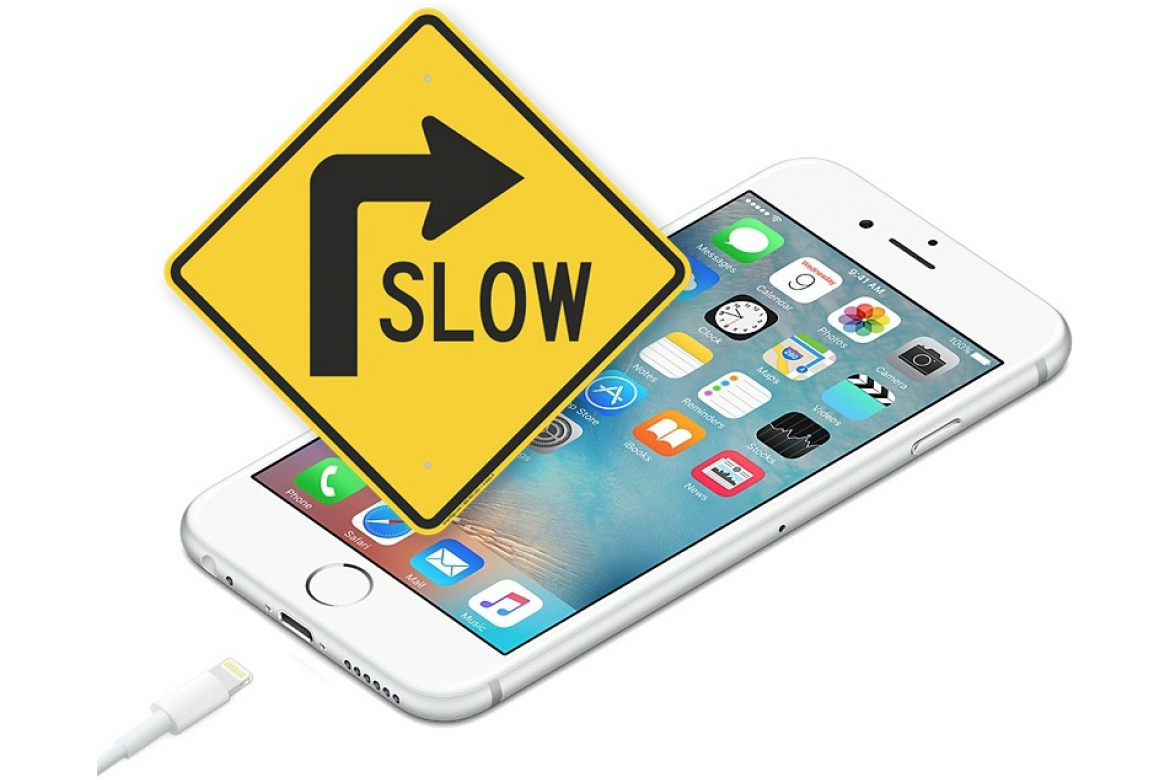[cherry_row type=”full-width”]
[cherry_col size_md=”12″ size_xs=”none” size_sm=”none” size_lg=”none” offset_xs=”none” offset_sm=”none” offset_md=”none” offset_lg=”none” pull_xs=”none” pull_sm=”none” pull_md=”none” pull_lg=”none” push_xs=”none” push_sm=”none” push_md=”none” push_lg=”none” collapse=”no”]

[/cherry_col]
[/cherry_row]
[cherry_row]
[cherry_col size_md=”12″]
So, did Apple really slow down older iPhones to encourage sales?
It turns out the issue was a lot more complicated and less crooked than it sounded.
In a statement released on Dec. 28, 2017, Apple claimed: “we have never — and would never — do anything to intentionally shorten the life of any Apple product, or degrade the user experience to drive customer upgrades”.
In 2016 Apple released iOS 10.2.1. This update quietly improved power management during peak workloads to avoid unexpected shutdowns in iPhone 6, iPhone 6 Plus, iPhone 6s, iPhone 6s Plus, and iPhone SE models.
The shutdowns were being caused by older batteries on low charges losing power as old batteries do when nearing the end of their charge cycle count. The cycle count for an iPhone battery to go through its normal chemical aging process and slow down to about 80% capacity is around 300-500 charges. The toss-up to having no shutdowns with the update was apps opening slower and longer response times during peak loads.
At first user feedback was good but this past fall some customers started to worry about the slowdowns and suspected a planned obsolescence scheme.
Apple responded by releasing a statement explaining the situation and offering a discount on out-of-warranty battery replacements from $99 (about $130 CAD) to $39 (about $50 CAD) through till December 2018.
https://support.apple.com/en-ca/HT208387
You can send your phone to them and wait or come to us and get it fixed the same day. We carry most all iPhone batteries in stock and offer a fair price for the service.
[/cherry_col]
[/cherry_row]




